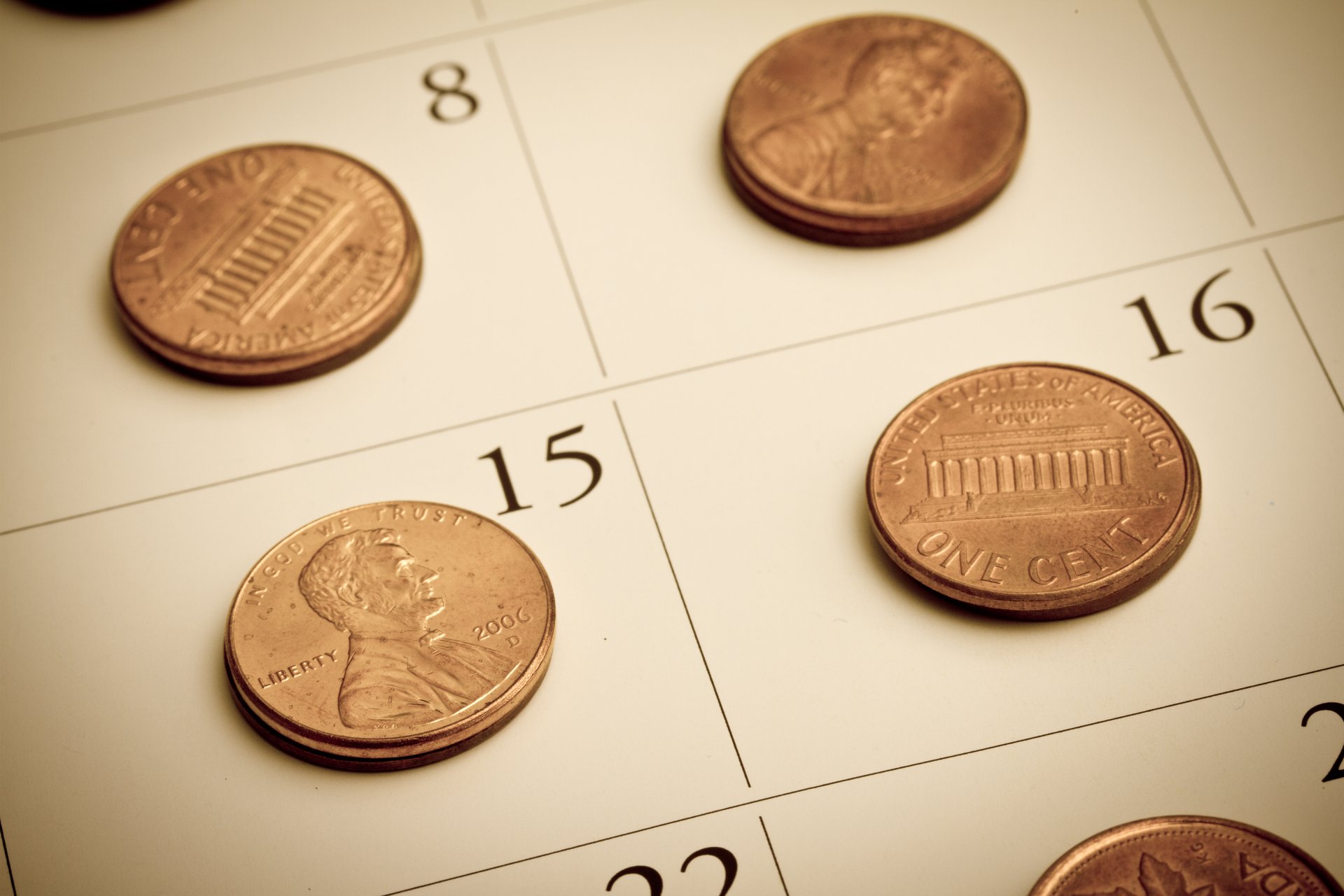 Managing your finances requires lots of effort and planning. If you feel like too many expenses tend to pop up and cause overwhelm, it may be time to start creating some sinking funds. Sinking funds can help you prepare for upcoming costs to lighten the financial burden when they come up. There are lots of sinking funds you should have depending on your expenses and goals.
Managing your finances requires lots of effort and planning. If you feel like too many expenses tend to pop up and cause overwhelm, it may be time to start creating some sinking funds. Sinking funds can help you prepare for upcoming costs to lighten the financial burden when they come up. There are lots of sinking funds you should have depending on your expenses and goals.
What’s also great is that you can create a sinking fund for any expense so how you save is completely up to you.
What are Sinking Funds?
Sinking funds are specific savings accounts earmarked for particular expenses. Unlike general savings, sinking funds are designed to help you plan for future costs by setting aside smaller amounts regularly. This proactive approach reduces financial stress by preparing you for expected and unexpected expenses.
I like to keep my sinking funds in separate savings accounts through an online bank. If you go this route, it’s important to choose a bank that doesn’t charge monthly fees or have minimum balance requirements. Having sinking funds has helped me gain financial confidence and easy stress where I used to be blindsided and overwhelmed by certain expenses.
While there are so many types of sinking fund accounts you can start, here are six I recommend. Feel free to start with just a few of these, but also consider your unique situation and your budget as well.
Vehicle Maintenance and Repairs
This is one of the most important sinking funds you should have. Cars are essential for many of us, but they come with ongoing maintenance and repair costs. A vehicle maintenance fund helps you handle these expenses without disrupting your budget. This fund can be used for oil changes, new brakes, new tires, and more. Estimate your annual car maintenance costs, including oil changes, tire rotations, and unexpected repairs. Divide this total by 12 and set that amount aside each month.
My husband and I both drive cars that are pretty low maintenance. But, we still need to consider paying for new brakes, tires, and oil changes. For my car, this can easily add up to $800 per year. Not to mention, it’s best to have some padding in case other car issues pop up during servicing appointments.
RELATED: 7 Ways to Save Money on Car Repairs and Maintenance
Home Repairs and Maintenance
Owning a home means dealing with repairs and maintenance. By having a dedicated fund, you can address issues as they arise, preventing minor problems from becoming major expenses. Set aside 1% to 3% of your home’s value annually for maintenance. For example, if your home is worth $400,000, you should set aside $4,000+ depending on your needs.
Annual Expenses
Some expenses occur annually, such as insurance premiums, car registration, and taxes. An annual expenses fund helps you manage these costs without financial strain. Brainstorm a list of annual expenses you have then review your transaction history as well to make sure you don’t miss anything.
Periodic expenses can be included too such as if you make a payment quarterly or twice a year. My husband and I both need to renew our vehicle registration around the same time so we plan ahead by setting the money aside each month.
Travel
Traveling is enriching but can be expensive. A travel fund allows you to save for vacations or unexpected travel needs without impacting your regular budget. Identify your travel goals and estimate the costs. Do you wish to have one or two family vacations per year? Estimate how much that would cost.
Divide the total by the number of months until your trip and set that amount aside each month. I like to travel so my sinking fund for travel rarely builds up. But I do find relief in contributing to it monthly. Having some money in the account allows me to take advantage of flash sales and discounts for flights and hotel stays.
Back to School
This is one of the best sinking funds you should have if you have kids no matter their ages.Sending your children back to school can be expensive, from buying new supplies to paying for extracurricular activities. A designated fund helps you prepare and manage these costs without financial strain. Estimate your annual back to school expenses based on previous years’ costs.
Also, check to see if you currently have any school supplies left over from previous years or if you plan to reuse anything like backpacks or certain clothes. For my son, I know we will spend around $100 on a new pair of shoes (or less if we can find a good deal), around $130 on clothes, and then we aim to spend no more than $60 or $70 on school supplies.
Sometimes we reuse backpacks and lunch boxes and other materials so this total can vary. But overall, we need to budget for at least $300 for back-to-school season. If we start saving six months in advance, that’s just $50 per month.
RELATED: 9 Ways to Tax-Free Weekend: Maximizing Savings on Back-to-School
Christmas and Holidays
The holiday season can bring joy, but it also comes with expenses like gifts, decorations, travel and activities. A Christmas and holidays fund allows you to celebrate without worrying about overspending. Plan a sit down where you list out all the holiday-related expenses you have each year. Estimate a budget for gifts, special meals, outings, decorations, travel, etc. Then, divide that total up by the number of months you have to save and start setting money aside.
We usually aim to save $1,000 to $1,500 for Christmas and begin around January each year. But this year in particular, we decided to start in July. I plan to have around $250 in cash back from one of my credit cards. Then, we will save $200 per month from July to November, giving us an additional $1,000 saved.
RELATED: 5 Real Ways to Avoid Overspending For the Holidays
Summary: The Sinking Funds You Should Have Depend on Needs and Goals
Sinking funds are an excellent way to take control of your finances and prepare for future expenses. By incorporating these six sinking funds into your budget, you’ll be able to handle unexpected costs with ease and achieve long-term. Just be mindful of your personal goals and unique situation.
Consider where you experience the most frustration or overwhelm when it comes to expenses that you can plan for in advance. If you’re looking to update your furniture and decor or tackle some home repairs, your sinking funds may look different from someone who is looking to spend 2 weeks in Europe next year.
Start with one or two sinking funds and add these expenses into your monthly budget then increase things from there.










